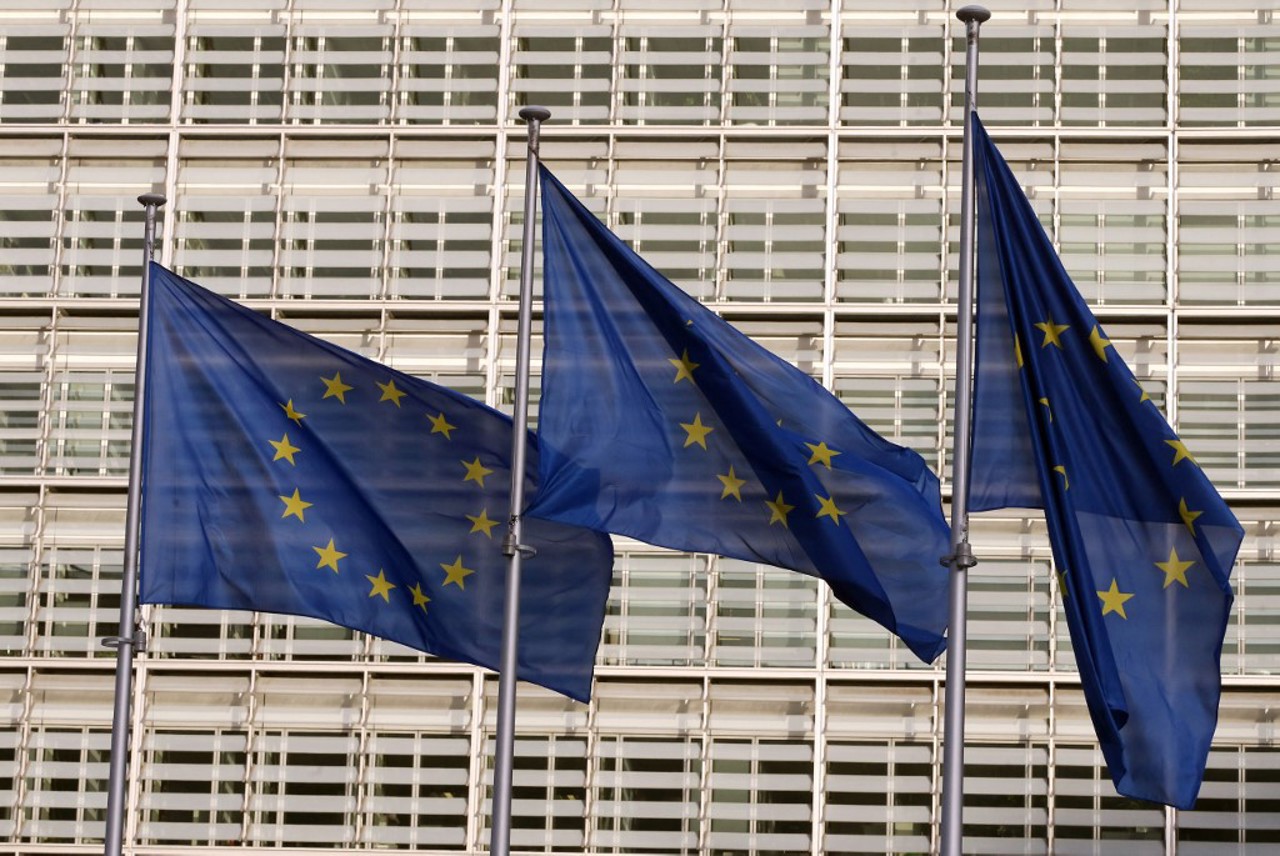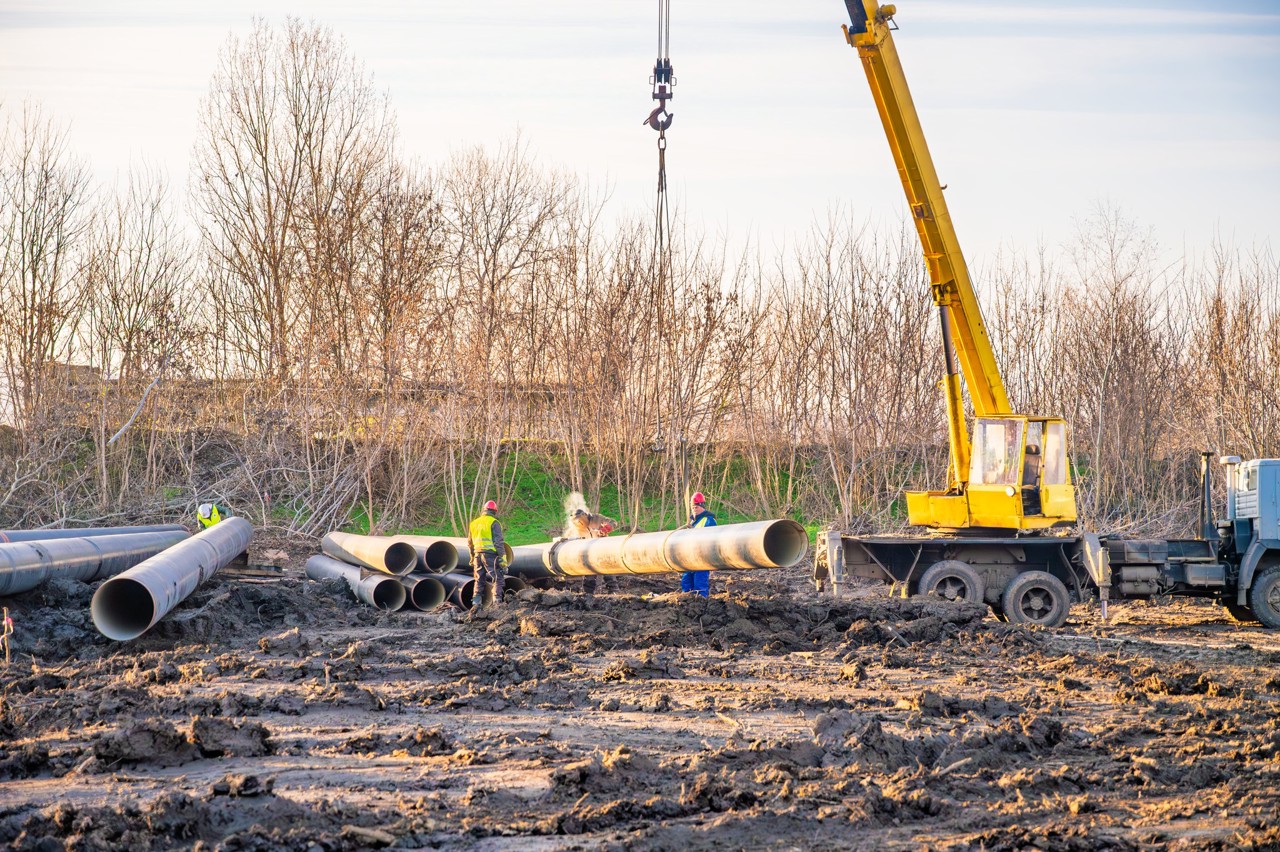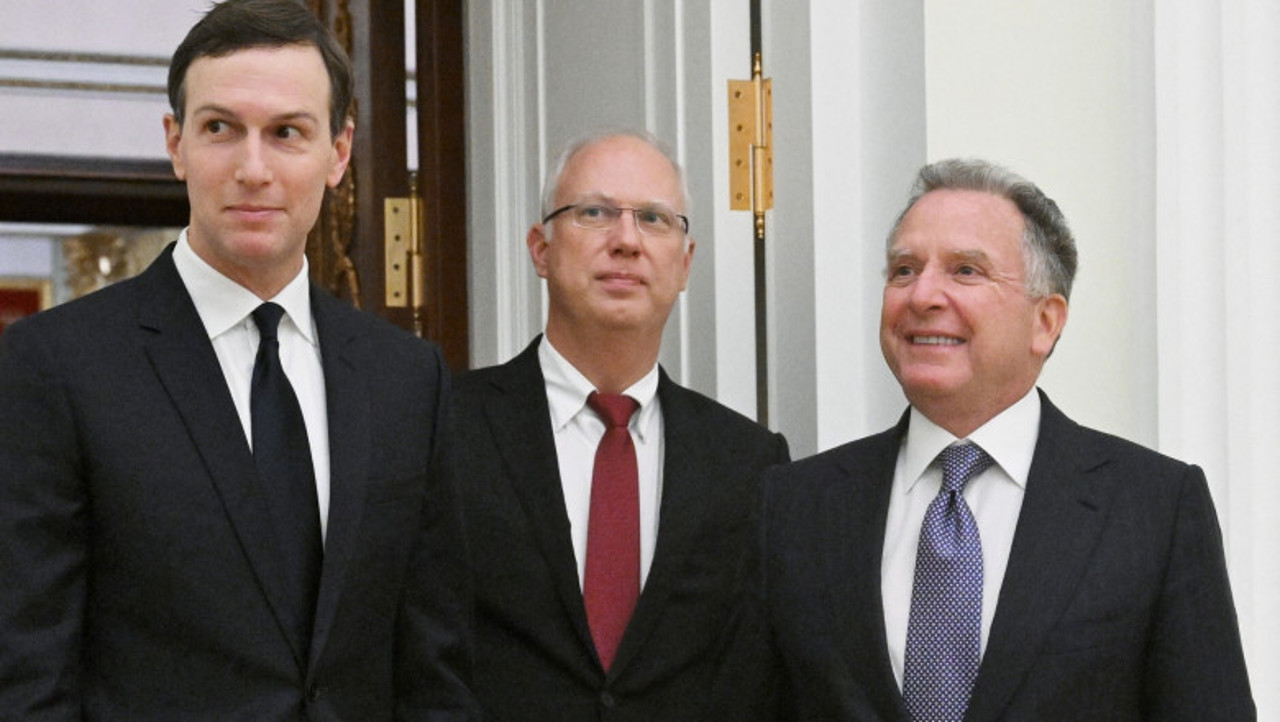Eurostat: Euro area economy grew more than expected in the second quarter
The euro area economy grew more than expected in the second quarter after stagnating in the first three months of this year, according to a preliminary estimate published by Eurostat. At the same time, annual inflation in the euro area is expected to continue to fall, reaching 5.3% in July, as a result of a further reduction in energy prices.

The gross domestic product of the 20 countries that have switched to the single European currency rose by 0.3% between April and June compared with the first quarter of this year.
Analysts at Reuters and CNN noted an unexpected rise in eurozone GDP. Over the past three months, GDP has fallen by 0.1 (one) percent, prompting the European Central Bank to implement interest rate hikes steadily throughout the year.
Demand for business loans reached a record low in the second quarter. But recent statistics suggest the institution may take a break from such measures from the autumn.
In July, the annual inflation rate in the euro area fell to 5.3%, from 6.1% in May, according to Eurostat.
However, the pace of increase in food, alcohol and cigarette prices continues to be strong, followed by prices of services and industrial products.
In contrast, energy costs fell by 6 percent in July, following a 5.6 percent decline in June. Core inflation, or what remains after prices for volatile goods such as energy and food are stripped out, rose 6.6 percent in July, following a 6.8 percent advance in June.





